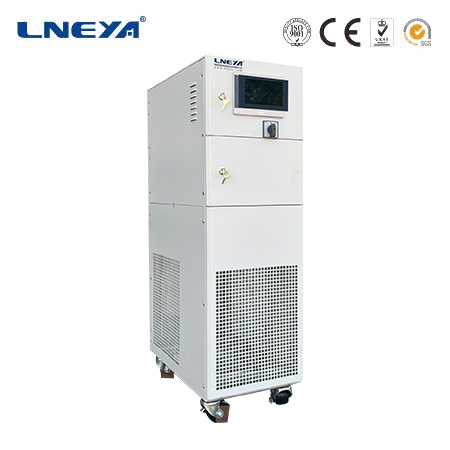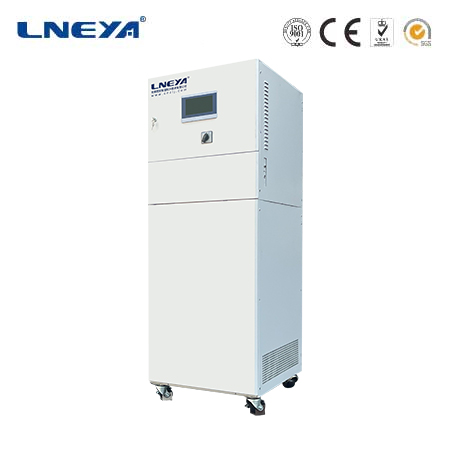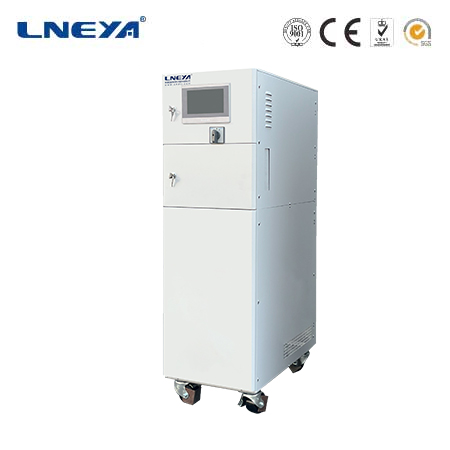heating cooling temperature controller
Introduction to Heating Cooling Temperature Controllers
Heating cooling temperature controllers play a vital role in a wide range of applications where precise temperature control is required. These controllers ensure that the temperature of a system remains stable, whether it needs to be heated, cooled, or maintained at a specific temperature setpoint.

Principles of Temperature Control
Temperature control systems can be broadly classified into two types: open loop and closed loop. Open loop systems apply continuous heating or cooling without monitoring the actual temperature, similar to a car’s internal heating system. Closed loop systems, on the other hand, constantly measure and adjust the output temperature to maintain it at the desired setpoint, akin to a car’s climate control system.
Types of Temperature Controllers
There are several types of temperature controllers, including:
Analog Controllers: These provide simple ON-OFF control and are cost-effective for basic applications.
Digital Controllers: Offer more sophisticated control options, including PID (Proportional-Integral-Derivative) control, which adjusts the output based on the error between the setpoint and the actual temperature.
Multi-Loop Controllers: Designed to control multiple processes simultaneously, ideal for complex systems with varying temperature requirements.
Applications of Temperature Controllers
Temperature controllers are used in various industries, such as:

Industrial Processes: For processes like plastic extrusion, food processing, and chemical reactions where precise temperature control is crucial.
HVAC Systems: To maintain comfortable temperatures in buildings by controlling heating and cooling systems.
Medical and Scientific Equipment: In incubators, refrigeration equipment, and laboratory testing devices that require stable temperature conditions.
Selecting the Right Temperature Controller
When selecting a temperature controller, consider factors such as the required accuracy, the type of control system (open or closed loop), the environment in which it will operate, and the potential need for remote monitoring or automation.

Conclusion
Heating cooling temperature controllers are indispensable for maintaining optimal temperatures in a variety of applications. Understanding the principles of temperature control and the different types of controllers available is essential for selecting the right system for any given application. By ensuring precise temperature regulation, these controllers contribute to the efficiency, safety, and reliability of countless processes and systems.
Related recommendations
eco chillers
191Eco Chillers: A Sustainable Cooling Solution Introduction In an era where environmental concerns are at the forefront, the demand for sustainable cooling solutions has led to the developme...
View detailswater chiller plant working
472Understanding Water Chiller Plant Working Water chiller plants are critical for maintaining comfortable temperatures in commercial buildings, industrial processes, and data centers. They operat...
View detailsheating and cooling temperature controller
151Heating and Cooling Temperature ControllersIn any environment where temperature control is necessary, heating and cooling temperature controllers play a pivotal role. These devices are designed t...
View detailsheating and cooling of water
258Heating and Cooling of Water: A Comprehensive Guide IntroductionHeating and cooling of water are critical processes in various sectors, ensuring the efficient operation of industrial systems, m...
View details
 LNEYA Thermal Test Chillers
LNEYA Thermal Test Chillers





HelloPlease log in